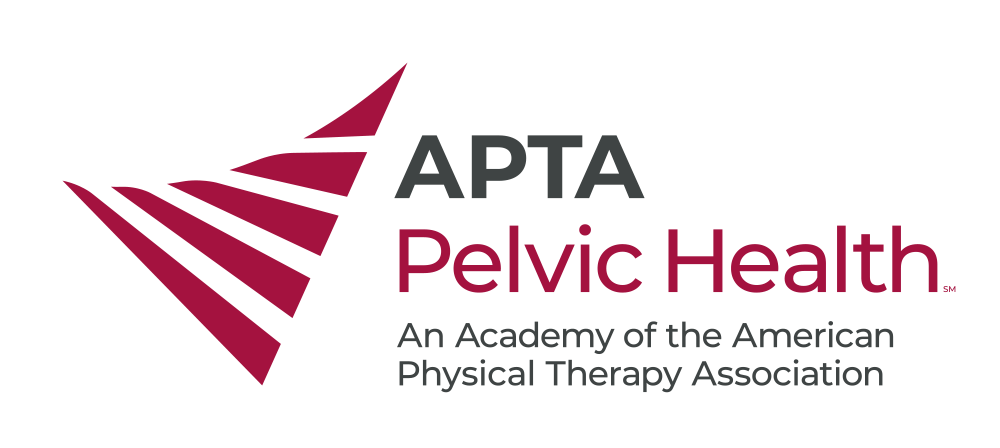Student Debt: The High Cost to the Physical Therapy Profession
Written by Alicia Jeffrey

Through advocacy and scholarships, SOWH is trying to reduce debt burden for PT students in women’s and men’s health.
As the class of 2016 races to the finish line, excitedly going through graduation and beginning our first jobs as physical therapists, many of us feel the shadow of debt looming close behind.
The “real world” is approaching, and it’s becoming difficult to shake the strange feeling of impending doom that accompanies the thought of student loans. This may sound like gross hyperbole, but more than a few studies link financial stress to poor mental and physical health.
The cost of attending physical therapy school has been skyrocketing, although this trend is not unique. Tuition for graduate and professional programs for all fields has
been rising, too. However, tuition for physical therapy programs has more than tripled in the last 15 years—that should raise concern within the profession.
Students are frequently reminded we’re lucky to be going into a profession with such a stable job outlook, but the debt-to-income ratio for newly graduated physical therapists continues to climb to a point that many of us feel suffocated.
Statistics show that we have reason to feel that way. In the last 15 years, median salaries for physical therapists have increased only 2.6% annually–roughly enough to keep up with inflation—while private school costs have increased 4.6% per year, and public school costs have risen 7.9% per year.
Fortunately, I have no loans from my undergraduate degree, but between three years of DPT tuition and living expenses, I have accumulated over $120,000 in student debt.
Ironically, I have that scary debt total despite choosing to attend the “cheap” in-state school and despite my burning desire as a college senior to experience a further-afield adventure. It’s frightening that even with this financial foresight, my monthly loan payments will easily exceed what I will pay in rent and utilities on a house after graduation.
New graduates are often forced into an impossible situation in which we cannot find the money to make important life purchases. Our stress level is through the roof as we carefully try to avoid any financial mishaps that will throw off our meticulous budgeting. And to make matters worse, we are chastised by the media, which notes our generation is not adequately contributing to the economy by not buying houses and new cars!
In addition, approximately one-third of my graduating class is engaged and is trying to save money for a wedding (on top of loan payments and the typical acquired expenses associated with graduation). Many young professionals are opting for prolonged engagements to save up for a modest wedding. What will happen when these young couples begin having children?
The most common response we receive when expressing our concerns is, “Well, you knew what you were getting into.”
Did we really? As an early 20-something, I was most concerned with finding my passion and making sure that I was going into a rewarding field. Physical therapy felt like the right choice. I was overly optimistic about how quickly I could pay off my loans, and after all, with no significant scholarships to speak of, how hard could it be if everyone else in PT school was going through the same thing?
The problem is that no one has wanted to admit they are struggling with their loan burdens.
We can do better. Physical therapy is one of the most rewarding and fundamental health professions. Changes must be made to help alleviate the cost for students and new graduates in order to keep attracting bright talent into the field of men’s and women‘s health. We cannot continue to prey on the altruistic individuals often drawn to the physical therapy profession.
Are there alternative financial aid programs that could be developed? Perhaps expanded access to assistantships and scholarships in lieu of loans? Professional burnout will continue to worsen if new grads believe they need to take on multiple jobs just to make ends meet.
Put simply: Our profession must take better care of its members–as students, as early-career professionals, and as full-time physical therapists.
Sources:
http://www.macprible.com/blog/2016/2/9/cost-reward-of-becoming-a-pt
Author: Alicia Jeffrey can be reached at aliciajeffrey@ufl.edu.


